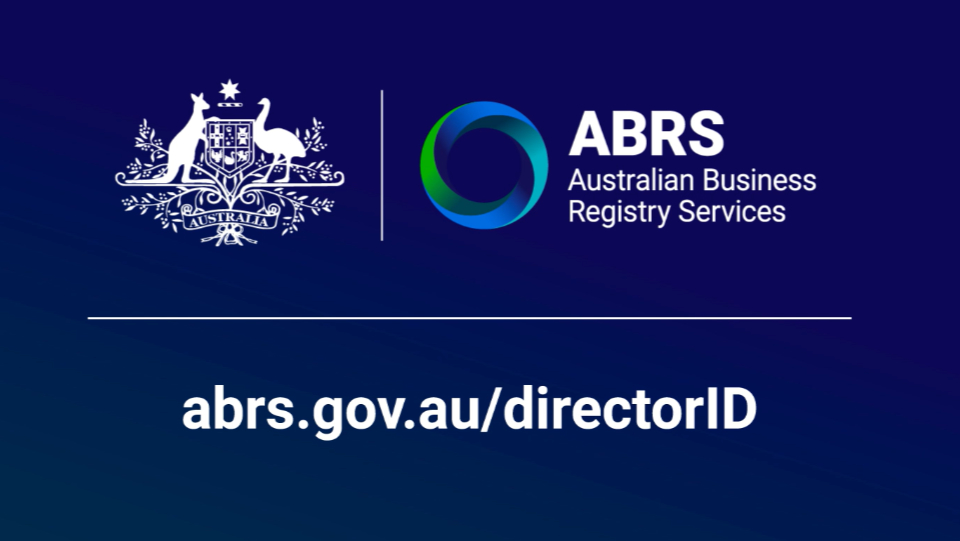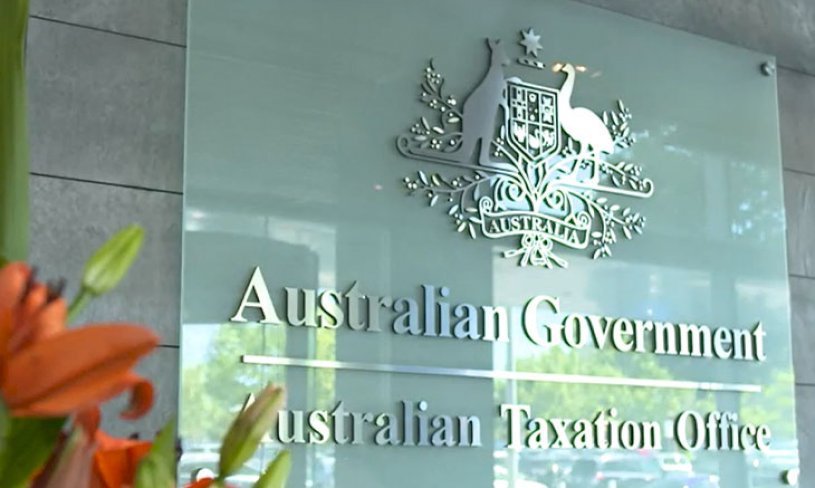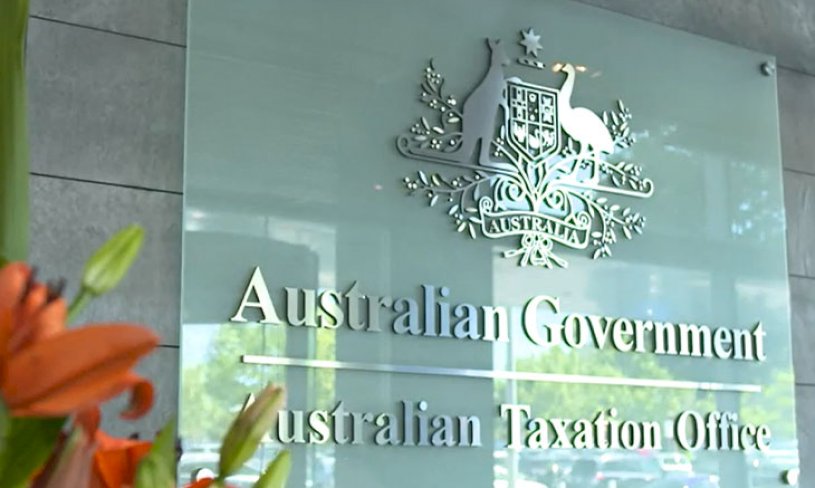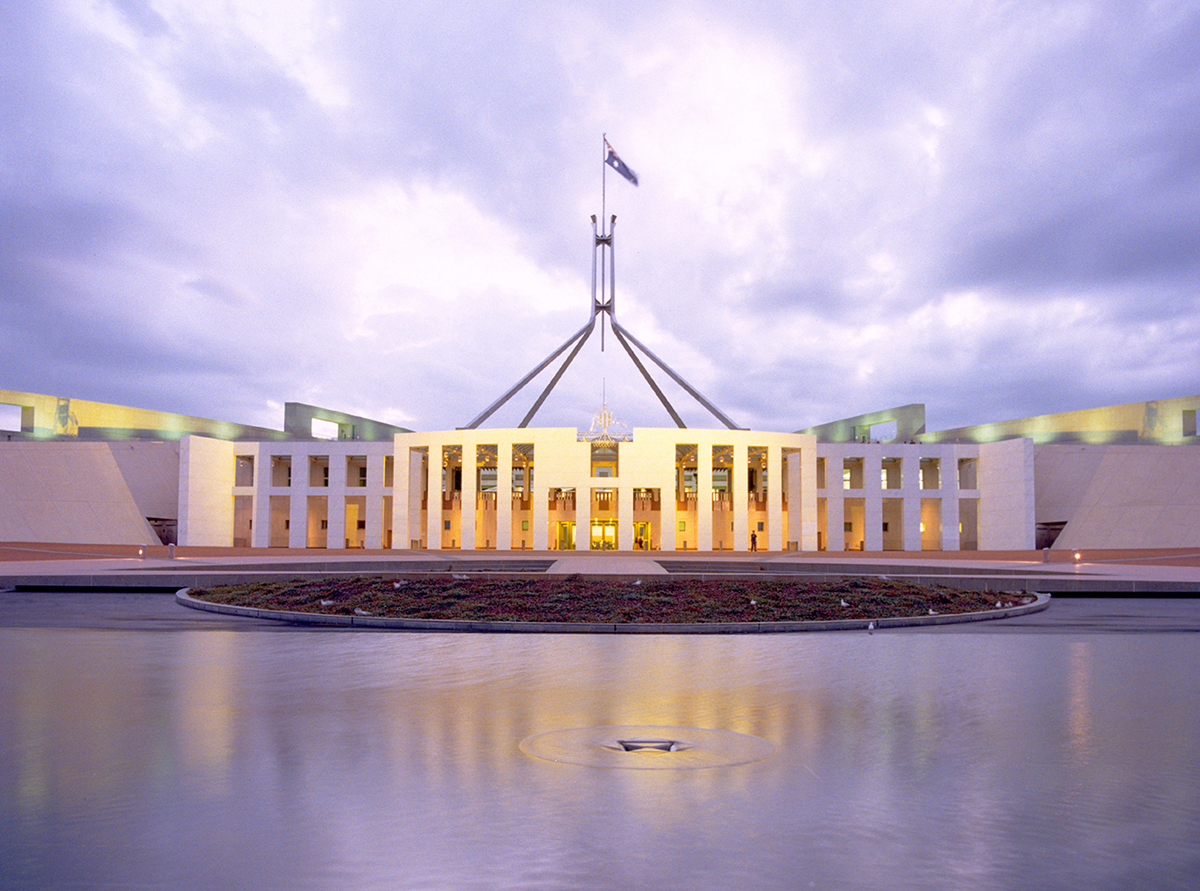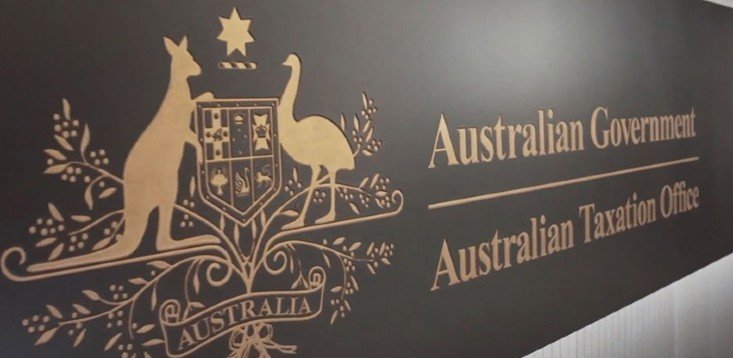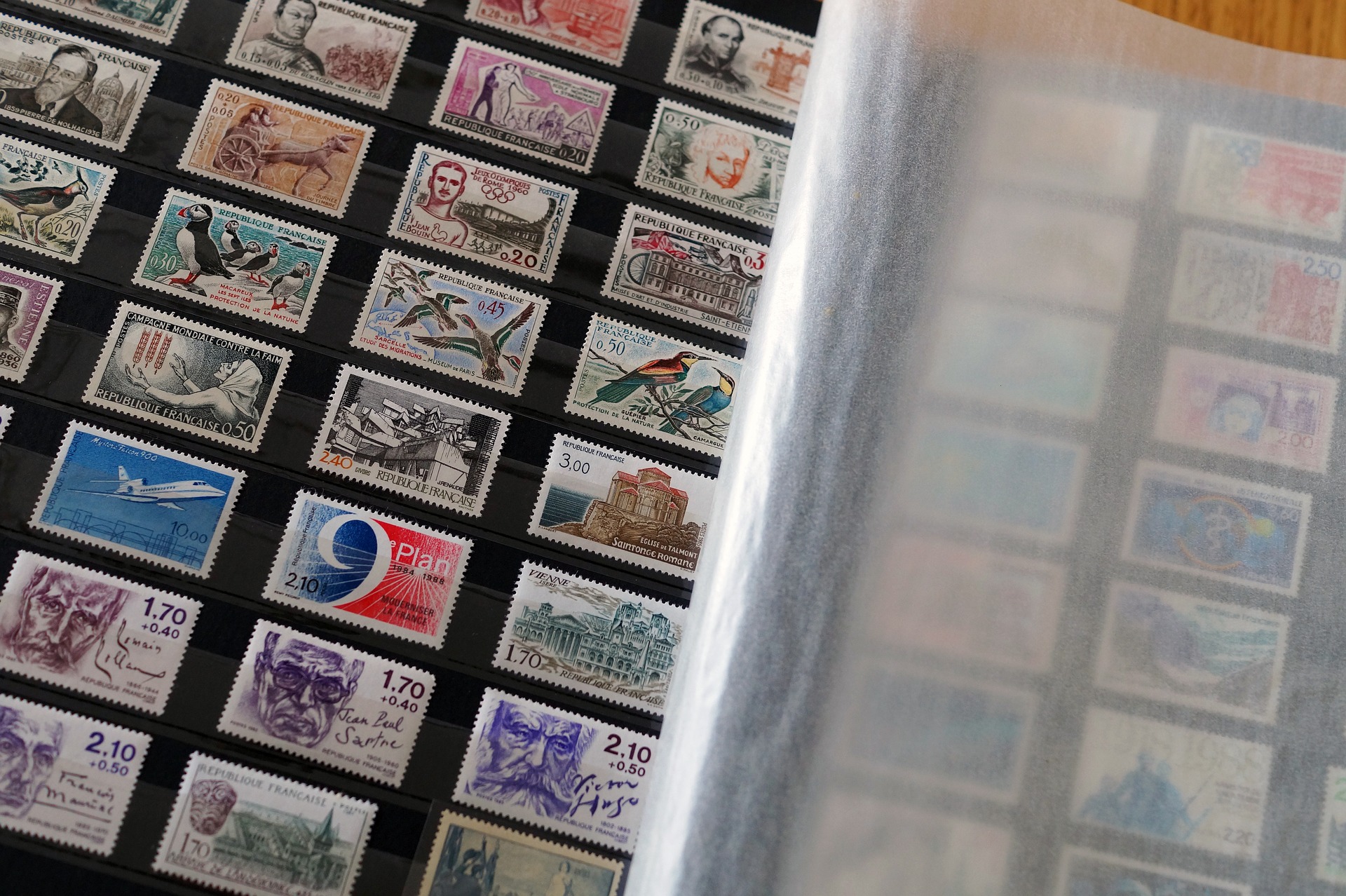If you have a self-managed super fund (SMSF) with a corporate trustee, then you need to be aware of the new requirement to apply for and obtain a Director Identification Number (Director ID).
The introduction of Director IDs is part of ongoing attempts to modernise and streamline record-keeping systems used by the government, including details on directors of companies. Essentially this new system is designed to improve the integrity of records that are kept.
The measure is also part of a wider government crackdown on illegal activity. It is hoped that recording the identity of company directors will increase the transparency of companies and discourage illegal activity.
While all directors of companies and registered Australian bodies are affected, this article will focus solely on how these changes relate to SMSFs with a corporate trustee and the process required to comply with the new requirements.
Keep in mind that all members of an SMSF with a corporate (company) trustee are required to be a director of that company.
Also note that the same registration requirements apply if you are acting as a trustee (director) in place for another person under an authority given to you (such as an enduring power of attorney or guardianship arrangement), or where you are acting as an alternate director for a company.
What is a Director Identification Number?
A Director ID is a unique 15-digit identification number given to a director after they have verified their personal information and identity with the Australian Business Registry Services (ABRS).
As mentioned earlier, a Director ID will then be used to verify the identity of directors when dealing with government departments. Overall, it should assist in streamlining the process to identify an individual.
Once issued, the Director ID then ‘attaches’ to the applicant and will remain in place throughout their life. So only the one Director ID can be applied for and issued per individual.
A Director ID will remain attached to your records even if you resign as a director or leave Australia.
When do you need to apply?
This will depend on when you were appointed as a director of the corporate trustee for your SMSF.
Before 31 October 2021: If you were appointed as a director before 31 October 2021, you will need to apply for your own unique Director Identification Number by 30 November 2022.
Between 1 November 2021 and 4 April 2022: If you were/are appointed as a director between these dates, you will need to apply within 28 days of being appointed.
If you are setting up an SMSF with a corporate trustee after 4 April 2022, then you will need to apply for and obtain your own unique Director ID before the SMSF and corporate trustee can be established.
It is important to note that you will need to go through the Director ID application process yourself. No one else can complete the application process for you. If you have a professional that assists you with your SMSF, such as an accountant or tax agent, then they are not allowed to apply for a Director ID for you. It would however be prudent to inform your accountant or tax agent once you have obtained your Director ID.
How to apply
Applications can be made using one of the following processes:
- Online through the ABRS website
- Telephone
- Paper application form.
The information required to complete the application will depend on which process you use. Details of these requirements are provided below.
Online application through the ABRS website
This is the quickest way to apply for a Director ID, but you must have a myGovID account already set up. Note that this is different to a myGov account.
myGovID is an app that you can download to your phone or tablet designed to confirm your identity with different online government departments.
Step 1: If you don’t have a myGovID set up, click here first and follow the required process. Once completed, go to Step 2.
Step 2: If you already have a myGovID set up, click here. You will then need to login to myGovID and follow the required process under ‘Apply now with myGovID’.
Step 3: Provide relevant details and supporting information.
Information you will need to have at hand:
- Your Tax File Number (TFN)
- Details of your residential address
- Two sources of identity verification documentation including:
- Bank account details (BSB and account number) where interest has been earned or where a tax refund has been paid into by the ATO
- An ATO notice of assessment from the last five years. You will need the date of issue and the reference number. See the top right of the assessment
- A dividend statement from the last two years. You will need your investor reference number
- A Centrelink payment summary
- A PAYG payment summary.
Telephone application
Step 1: Phone 13 62 50 from within Australia. If you are overseas, phone +61 2 6216 3440.
Step 2: Provide all relevant information as requested during the call.
Information you will need to have at hand:
- Your Tax File Number (TFN). This is optional but using your TFN can expedite the application process
- Details of your residential address
- Two Australian identification documents including:
- One primary document: Australian full birth certificate, Australian passport, Australian citizenship certificate, ImmiCard or Visa
- One secondary document: Medicare card, Australian driver’s licence
- Confirm your identity by responding to two questions based on information already known about you
- Acceptable identity verification documentation including:
- Bank account details (BSB and account number) where interest has been earned or a tax refund has been paid by the ATO
- An ATO notice of assessment from the last five years. You will need the date of issue and the reference number. See the top right of the assessment
- A dividend statement from the last two years. You will need your investor reference number
- A Centrelink payment summary
- A PAYG payment summary.
Paper application form
Step 1: Go to the ABRS website and download this form.
Step 2: Gather the information specified on the form.
Step 3: Complete the form with all required information.
Step 4: Sign the declaration at the bottom of the form.
Step 5: Send the form with certified copies of required documents to:
Australian Business Registry Services
Locked Bag 6000
ALBURY NSW 2640
Australia
Final thoughts
The Director ID system does not replace any of the existing requirements around updating company records. The existing requirements to inform and update ASIC on changes to company details will continue.
You may want to consider applying for your Director ID before the required ‘due date’ as there will be a large number of applications around those dates. It would be prudent not to leave your application to the last minute.
Source: Superguide.com.au

